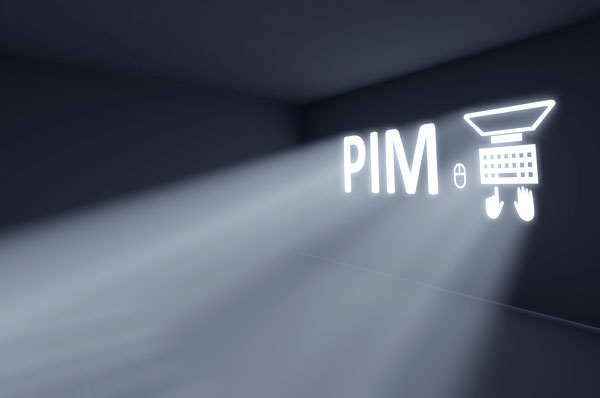What is PIM?
PIM is an abbreviation of Product Information Management and a PIM system is a tool that collects product related data from multiple sources such as suppliers and databases, and allows editors to manage all collected data in one single place.
Enrichment refers to the process of adding information about your product that is valuable and often required by customers and stakeholders. E-commerce product enrichment includes details such as measurements, colors, compatible accessories, weight, ingredients, allergens or eco-labelling.
The difference between a PIM and a product catalog
A product catalog is a database with product information. On top of the database, software is added to communicate and use the product information. The user interface is often part of the software using the database, such as an ERP system. The drawback is that the software using the product information database isn't created for product information enrichment. An ERP system is created for enterprise resource management and not so much for product information management as a pure PIM system.
A PIM system is also using a database where the product information is stored, but the big difference is that it supports workflows and parallel editing processes. It will indicate what mandatory information that is missing, and when the product information is complete.
PIM for coherent product experiences in all channels
By using a channel approach, it is possible to create a coherent experience of a product regardless of which sales channel and language your customers are using. A channel may be a website, a physical store, a printed folder or a marketplace.
It is also common practice to enrich campaigns using PIM to be able to share the campaign information between the channels together with the product information in a consistent manner. The functions and features in a PIM are all focused on one thing – to enrich product information.
PIM for efficiency and control
The PIM system keeps track of the product completeness and knows what information that is required to be able to publish the product information to the channel. A product should not be exposed to a channel unless all completeness rules are fulfilled and the information is validated against format rules. There are administrative interfaces where the editors can see the completeness of the products and what information that is missing. They also may see what assigned users that hasn’t completed their tasks.
A PIM lets you work with parallel product enrichment processes. Many editors may share the product information and update it. The PIM system will keep track of the information shared and updated and prevent that information is overwritten.




 Images and similar assets may be created and managed in a PIM system to simplify the process of editing and adding visual content to the product information. In a very media intensive business, a DAM (Digital Asset Management) system will support the PIM with references to the actual visual media.
Images and similar assets may be created and managed in a PIM system to simplify the process of editing and adding visual content to the product information. In a very media intensive business, a DAM (Digital Asset Management) system will support the PIM with references to the actual visual media.

.jpg?width=800&height=800&name=DPP-blog-post-ulrik%20(1).jpg)
.jpg?width=800&height=800&name=Bluestone-blog-featured-image%20(4).jpg)



